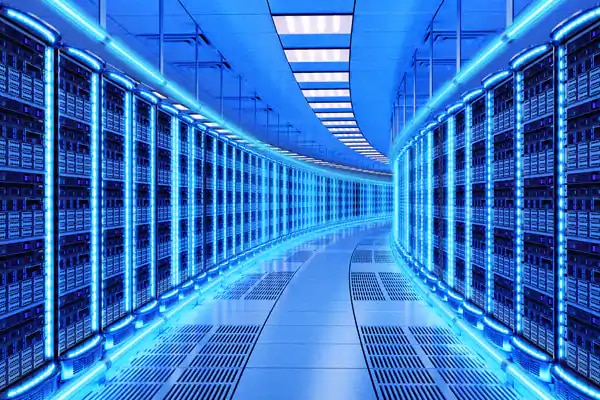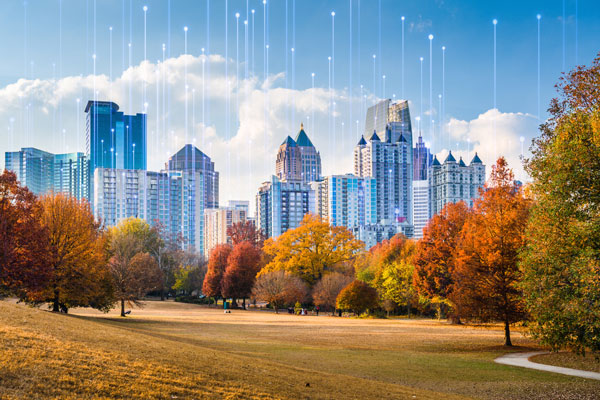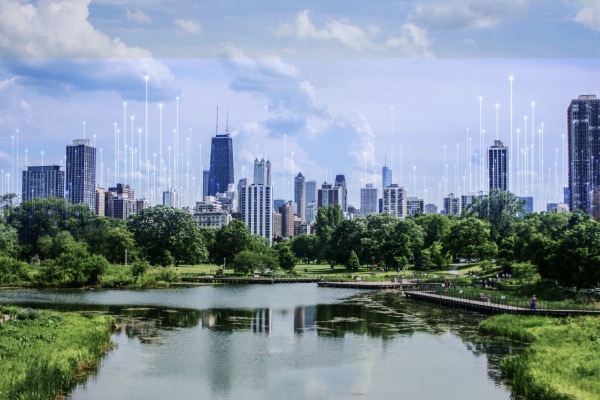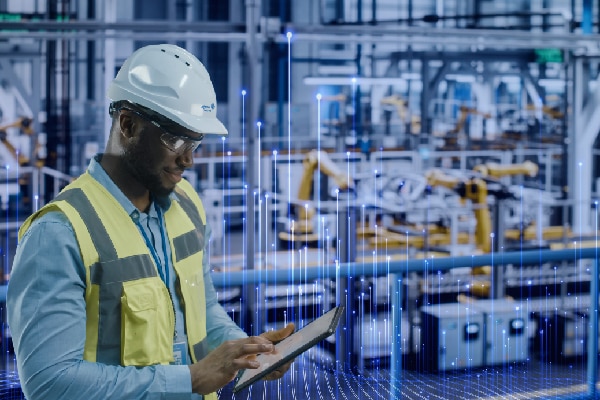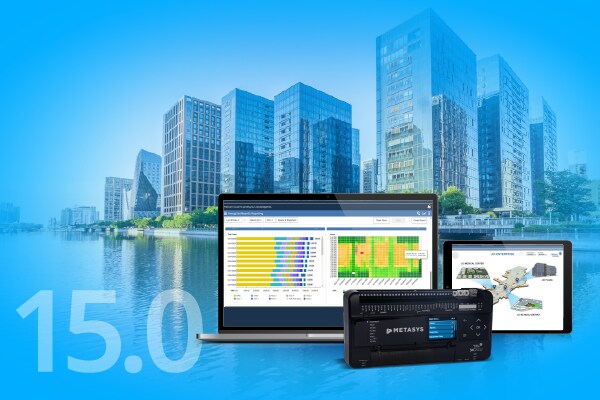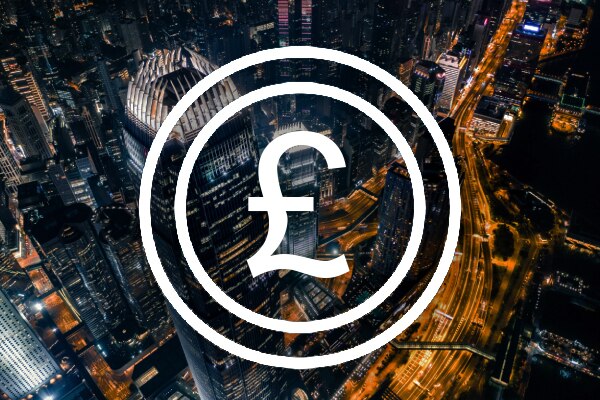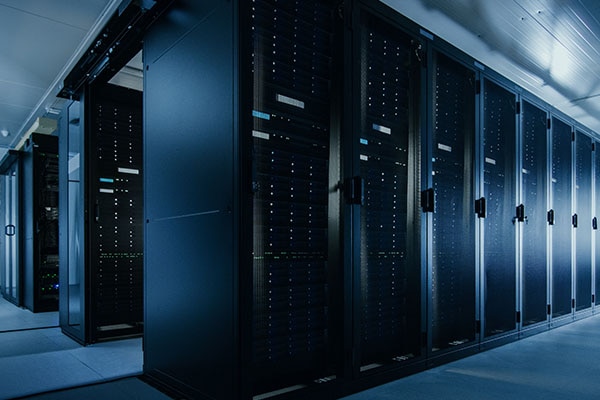Facial Recognition Locks: How Facial Recognition Works
Facial Recognition
Facial recognition technology, an innovative branch of biometric access control systems, has been making waves across multiple sectors. From unlocking smartphones with facial recognition locks to providing access control in high-security areas, it's becoming a cornerstone of modern security systems for commercial and industrial facilities.
What Is Facial Recognition?
Facial recognition is an advanced biometric technology that identifies individuals by analysing unique patterns in their facial features.
When used as an access control technology, facial recognition locks can revolutionise building security, offering a blend of innovative accuracy and user-friendly accessibility to protect your facility.
How Facial Recognition Works
Facial recognition locks operate in a three-step process that grants access to registered employees and visitors while securing your building against unauthorised intruders.
Using cameras at your building’s entrance and software in your central security system, a biometric reader will capture an image of an individual’s face, which will then be used to:
- Read the geometry of the individual’s face, assessing facial landmarks and the distance between features (known as detection)
- Determine the unique ‘facial signature’ of the individual and compare this signature to the database of known faces registered on your building’s security system (known as analysis)
- If the facial recognition lock can match the facial signature to an image in its database, the door will unlock and grant access. If the system can’t match the face to the database, access will be denied (known as recognition)

How Accurate Is Facial Recognition?
Whilst its accuracy is improving and usage is growing, there are still questions regarding facial recognition. Critics often argue that inaccurate identification can occur, which makes a biometric access control system less effective than other security methods.
But the reality is that as technology continues to evolve, these facial recognition locks are now more precise than ever. The National Institute of Standards and Technology claims false identifications have dropped from a rate of 4.1% to just 0.08% between 2014 and 2020. Error rates can change when facial recognition devices leave testing and enter the market, but this still represents a promising future for the industry.
What Are The Benefits Of Using Facial Recognition?
If your building currently uses physical access control, and you’re thinking about upgrading to a biometric system like facial recognition locks, there are some benefits to consider:
- Streamlines access control: Removes the need for physical access items like keys, cards, or PINs, resulting in smoother traffic flow and reduced admin time replacing lost items.
- Increased security: Facial recognition offers a more advanced level of security compared to traditional methods. Unauthorised access is minimised as potential intruders can't easily fake or replicate another person's facial features.
- Improved reputation: Investing in facial recognition positions your building as forward-thinking, potentially increasing value and appealing to prospective tenants or employees who prioritise security.
- Rapid intruder response: When an unauthorised face is detected, your facial recognition system can send alerts via your central security system with a clear image of the intruder, which can be stored for future identification.
What Will Facial Recognition Look Like In The Future?
The journey of facial recognition technology doesn't end here. As it continues to evolve, issues surrounding privacy and regulation will inevitably arise. But as this occurs, so will the diversification of biometric technology, allowing facilities to be more secure than ever before.
Johnson Controls aims to advance access control capabilities by developing its Video Surveillance Solutions to create a comprehensive and accurate building security system. So, whether it's Video Analytics or Thermal Detection Systems, the concepts used by facial recognition will see long-term success in the security sector.
Are you curious how facial recognition locks might fit into your building security system? Reach out to one of our security experts using the enquiry form below.






















.jpg?la=en&h=320&w=720&hash=244C75B74F0F77521D56164450973BCD)














.jpg?la=en&h=310&w=720&hash=8D9823F26AA80B2B75C3E4B2E61770DC)


.jpg?la=en&h=320&w=719&hash=13CA7E4AA3E453809B6726B561F2F4DD)
.jpg?la=en&h=306&w=720&hash=F21A7CD3C49EFBF4D41F00691D09AEAC)

.png?la=en&h=320&w=720&hash=18CFCCD916C92D922F600511FABD775D)






